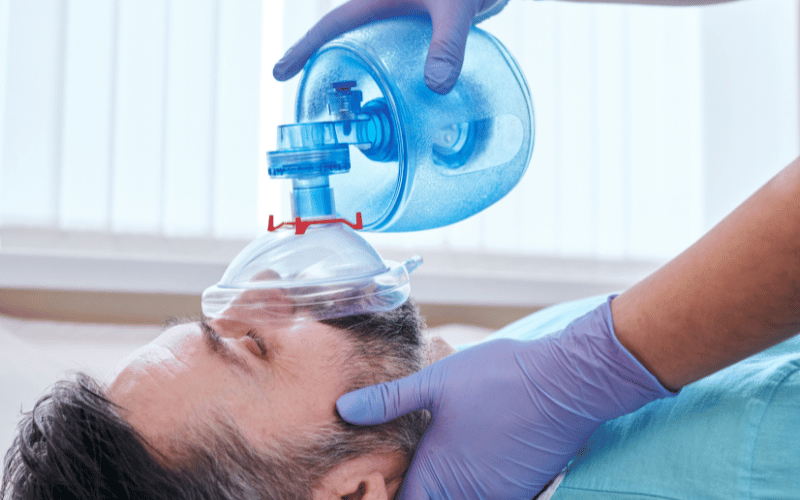11. The Importance of Pulmonary Rehabilitation in Bronchiectasis

Pulmonary rehabilitation is a cornerstone in the management of chronic respiratory conditions, and bronchiectasis is no exception. This structured program combines exercise, education, and support to help individuals improve their physical condition and better manage their symptoms.
Exercise is a key component of pulmonary rehabilitation, tailored to the individual’s abilities and needs. The goal is to enhance endurance and strength, particularly in the respiratory muscles, to improve breathing efficiency and reduce the sensation of breathlessness. Techniques such as controlled breathing and airway clearance are also integral, aiding in mucus removal and enhancing lung function.
Education is another crucial element of pulmonary rehabilitation. Participants learn about their condition, medication management, and strategies to cope with symptoms and prevent exacerbations. This knowledge is empowering, enabling individuals to take an active role in managing their condition and making informed decisions about their care.
Support is the third pillar of pulmonary rehabilitation. Being part of a community of individuals facing similar challenges can be incredibly validating and motivating. The program provides a safe space to share experiences, tips, and encouragement, fostering a sense of camaraderie and support.
The benefits of pulmonary rehabilitation in bronchiectasis are well-documented. Participants often report improved exercise capacity, reduced symptoms, and enhanced quality of life. It’s a vital intervention, changing the course of the disease and providing individuals with the tools they need to lead a more active, fulfilling life. (11)